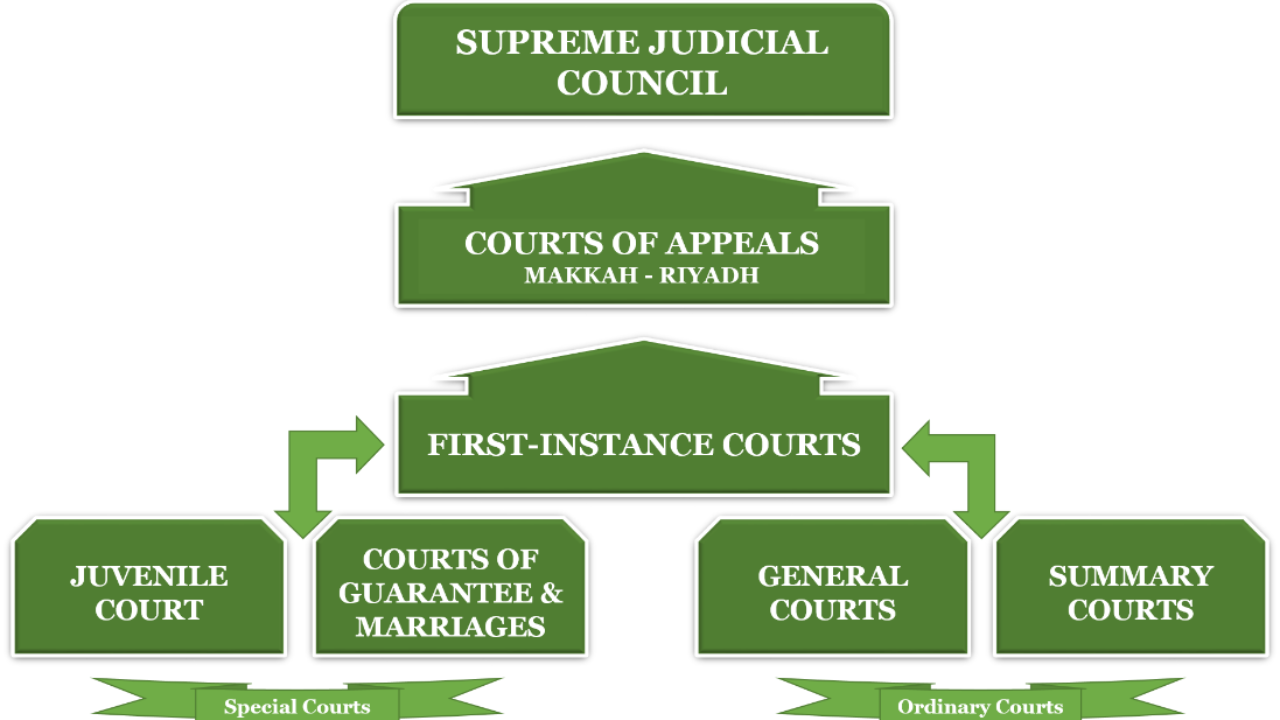
Introduction
In the criminal justice system, effective coordination between the judicial branch and the prosecutor’s office is vital to ensure swift, fair, and impartial justice. While both play essential but distinct roles—judges uphold the law and ensure due process, prosecutors pursue accountability for crimes—their cooperation is often marred by institutional friction, communication gaps, and overlapping responsibilities. These challenges can lead to case delays, wrongful convictions, or even mistrials, ultimately eroding public trust in the justice system. This article explores the structural, procedural, and cultural barriers that complicate coordination between these two pillars of justice.
Distinct Roles, Shared Goals—but Not Always Aligned
Judicial Branch Responsibilities:
- Ensures impartial adjudication of disputes.
- Interprets and applies laws.
- Safeguards constitutional rights of the accused.
Prosecutor’s Office Responsibilities:
- Investigates crimes.
- Files charges and presents evidence.
- Represents the state in criminal trials.
Although their objectives intersect in the courtroom, their functions and institutional incentives can diverge—creating tension, inefficiency, or even conflict.
Key Challenges in Judicial-Prosecutorial Coordination
1. Case Backlogs and Scheduling Conflicts
- Courts often operate with tight dockets.
- Prosecutors may overbook or delay cases due to investigation timelines or staffing shortages.
- Result: adjournments, delays, or inefficient use of judicial resources.
2. Overreliance on Prosecutorial Discretion
- Prosecutors often decide which cases go to trial or plea bargains.
- Judges may find themselves reacting rather than overseeing balanced justice.
- Potential for perceived bias or lack of checks on prosecutorial power.
3. Communication Gaps
- Lack of timely information-sharing between clerks, judges, and prosecutors can stall proceedings.
- Court orders, filings, and evidence exchange are sometimes delayed or lost.
4. Misaligned Objectives
- Prosecutors may aim for convictions, while courts emphasize due process.
- This can create a win/lose mindset rather than a truth-seeking partnership.
5. Technological Disparities
- Courts and prosecutors may use incompatible case management systems.
- Manual data entry and documentation lead to redundancy and errors.
Table: Breakdown of Key Coordination Issues
| Coordination Area | Judicial Branch Concern | Prosecutor’s Office Concern | Impact |
|---|---|---|---|
| Case Scheduling | Overloaded dockets | Lack of prep time or witness availability | Case delays, inefficient hearings |
| Legal Disclosures | Late or incomplete submission | Burdensome documentation requirements | Procedural violations, appeals |
| Use of Technology | Outdated or incompatible systems | Independent case tracking tools | Miscommunication, case mismanagement |
| Resource Allocation | Shortage of clerks and support staff | Limited prosecutors or legal researchers | Strained operations, burnout |
| Oversight and Ethics | Neutrality and public perception | Pressure to secure convictions | Erosion of trust in justice |
Legal and Ethical Tensions
1. Independence vs. Coordination
- The judiciary must remain impartial and not appear to collaborate too closely with prosecutors.
- Yet, cooperation is necessary for logistical and procedural efficiency.
2. Role of Pretrial Hearings
- Prosecutors often rely on pretrial motions to set terms.
- Judges must ensure these do not unfairly disadvantage the defense.
3. Political and Media Pressure
- Prosecutors in high-profile cases may face pressure to act quickly or harshly.
- Courts must uphold neutrality even under intense public scrutiny.
Overview Table: Major Coordination Challenges
| Challenge | Description |
|---|---|
| Scheduling & Delays | Conflicting timelines lead to adjournments |
| Information Silos | Lack of data sharing hinders legal proceedings |
| Ethical Safeguards | Courts must remain unbiased despite procedural overlap |
| Systemic Overload | Staffing shortages and resource limits strain both sides |
| Lack of Standardization | Inconsistent procedures across jurisdictions |
| Differing Goals | Convictions vs. Constitutional adherence |
Strategies for Improving Coordination
1. Integrated Case Management Systems
- Shared platforms that allow real-time updates and document access.
- Reduces clerical errors and improves transparency.
2. Joint Scheduling Protocols
- Regular meetings between clerks and prosecution teams to manage court calendars.
- Automation tools for synchronizing availability and deadlines.
3. Cross-Training and Dialogue
- Training sessions where judges and prosecutors understand each other’s challenges.
- Forums for collaboration without compromising impartiality.
4. Legislative Support
- Policies that define clearer boundaries and responsibilities.
- Establish protocols for communication and information flow.
5. Independent Oversight Bodies
- To audit coordination issues and resolve disputes between offices.
Global Best Practices
- Netherlands: Shared digital docket systems between courts and prosecution to streamline trials.
- Singapore: Judicial-Executive Coordination Councils ensure ethical alignment while maintaining independence.
- Canada: Crown prosecutors work with judicial services to pre-screen cases for trial readiness.
The Bigger Picture: A Justice System That Works Together
Coordination between the judiciary and prosecution is not about blending roles—it’s about syncing operations without compromising justice. As caseloads rise and public scrutiny increases, the need for a well-oiled, respectful, and efficient partnership becomes essential. Justice isn’t just about verdicts—it’s about how smoothly, fairly, and transparently those verdicts are reached.
3 One-Line FAQs
Q1: Why is coordination between prosecutors and judges important?
It ensures timely, fair trials and prevents delays that undermine justice.
Q2: Can courts and prosecutors collaborate without bias?
Yes, through structured communication and clear boundaries, impartiality can be preserved.
Q3: What’s the biggest barrier to effective coordination?
Scheduling conflicts, communication gaps, and systemic overload are major obstacles.

